Archives
- 2025-12
- 2025-11
- 2025-10
- 2025-09
- 2025-03
- 2025-02
- 2025-01
- 2024-12
- 2024-11
- 2024-10
- 2024-09
- 2024-08
- 2024-07
- 2024-06
- 2024-05
- 2024-04
- 2024-03
- 2024-02
- 2024-01
- 2023-12
- 2023-11
- 2023-10
- 2023-09
- 2023-08
- 2023-07
- 2023-06
- 2023-05
- 2023-04
- 2023-03
- 2023-02
- 2023-01
- 2022-12
- 2022-11
- 2022-10
- 2022-09
- 2022-08
- 2022-07
- 2022-06
- 2022-05
- 2022-04
- 2022-03
- 2022-02
- 2022-01
- 2021-12
- 2021-11
- 2021-10
- 2021-09
- 2021-08
- 2021-07
- 2021-06
- 2021-05
- 2021-04
- 2021-03
- 2021-02
- 2021-01
- 2020-12
- 2020-11
- 2020-10
- 2020-09
- 2020-08
- 2020-07
- 2020-06
- 2020-05
- 2020-04
- 2020-03
- 2020-02
- 2020-01
- 2019-12
- 2019-11
- 2019-10
- 2019-09
- 2019-08
- 2019-07
- 2019-06
- 2019-05
- 2019-04
- 2018-07
-
Table shows the clinical data of recipients with
2020-03-06
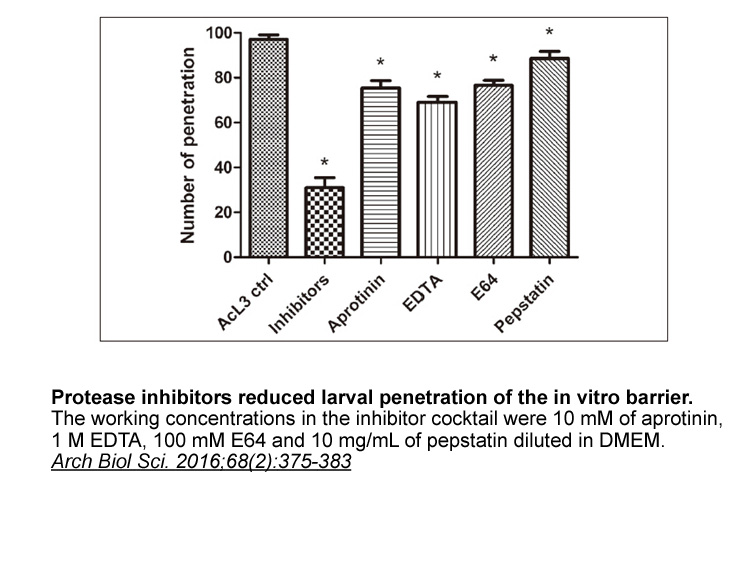
Table 2 shows the clinical data of 23 recipients with CYP3A5*1 allele classified by the presence or absence of CYP3A phenoconversion. Phenoconversion of CYP3A was observed in 10 recipients with CYP3A5*1 allele. No significant differences in eGFR, ALT and total bilirubin were observed between recipie
-
br Transparency document br Acknowledgments This work
2020-03-06
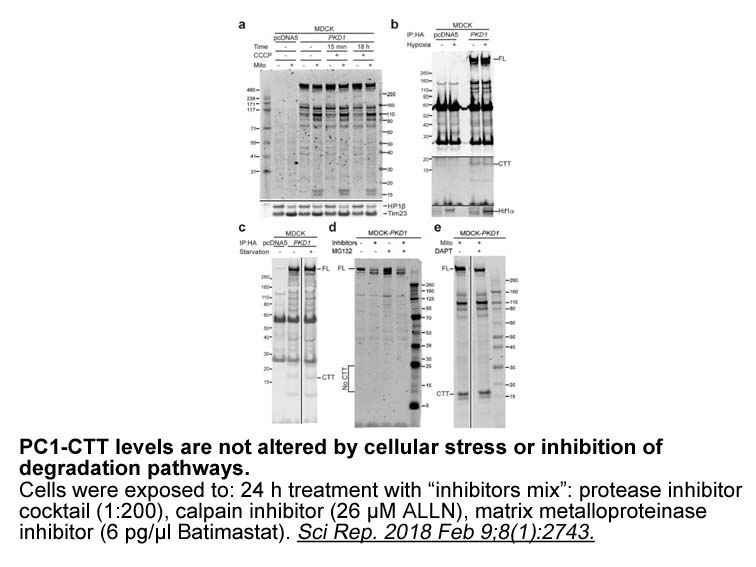
Transparency document Acknowledgments This work was supported by the Ministry of Education, Youth and Sports of the Czech Republic (the National Program of Sustainability I, Grants LO1204 and LO1304), by the Czech Science Foundation (15-17282Y) and by Palacký University Olomouc (IGA_PrF_2017_0
-
It is generally thought that the nature of a
2020-03-06

It is generally thought that the nature of a memorial and the meaning attributed to it nor-NOHA acetate mg by a tourist determines, at least in part, the behaviour that is socially appropriate (Mayo, 1988). Duncan (1995) argues however, that certain places are structured in such a way that they faci
-
novel isoform identification Enolases are among the most abu
2020-03-06
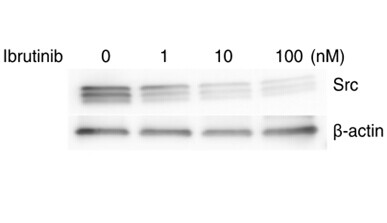
Enolases are among the most abundantly expressed cytosolic proteins. They are metalloenzymes that catalyze the conversion of 2-phosphoglycerate to phosphoenolpyruvate [18]. Eubacteria and archaebacteria have a single enolase gene (reviewed in [19]). Despite the lack of signal peptides or cognate pro
-
Ropivacaine HCl br Expression and Tissue Functions of DDRs T
2020-03-06

Expression and Tissue Functions of DDRs The DDRs are widely expressed in different tissues, both during development and in adult organisms. DDR1 mRNA is found in many tissues in mice and humans, with high levels in brain, lung, kidney, spleen, and placenta (Di Marco et al., 1993, Johnson et al.,
-
br Oxysterols as Key Players in Metabolic Syndrome Obesity a
2020-03-06
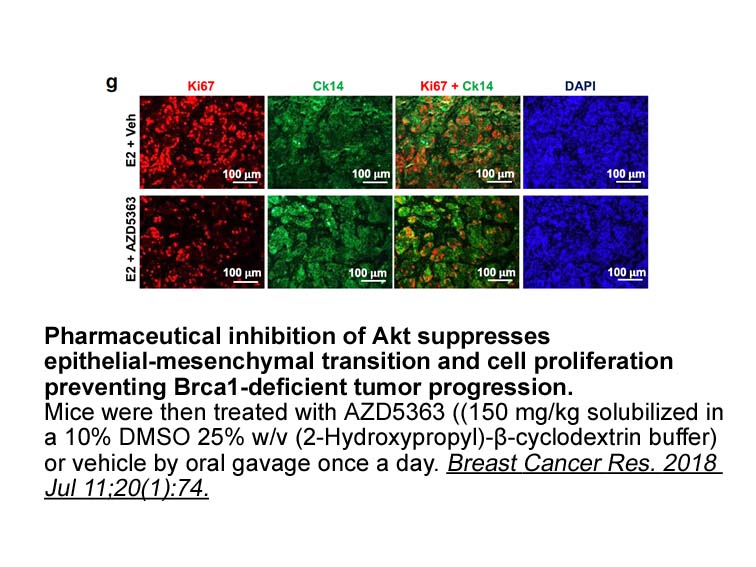
Oxysterols as Key Players in Metabolic Syndrome? Obesity and sedentary lifestyle are on the rise and pose serious threats to people\'s health and wellbeing. Obesity is often associated with other pathologies and is one of the criteria included in the definition of metabolic syndrome (MetS) (see G
-
The ubiquitin like modifier NEDD NEURAL PRECURSOR
2020-03-06
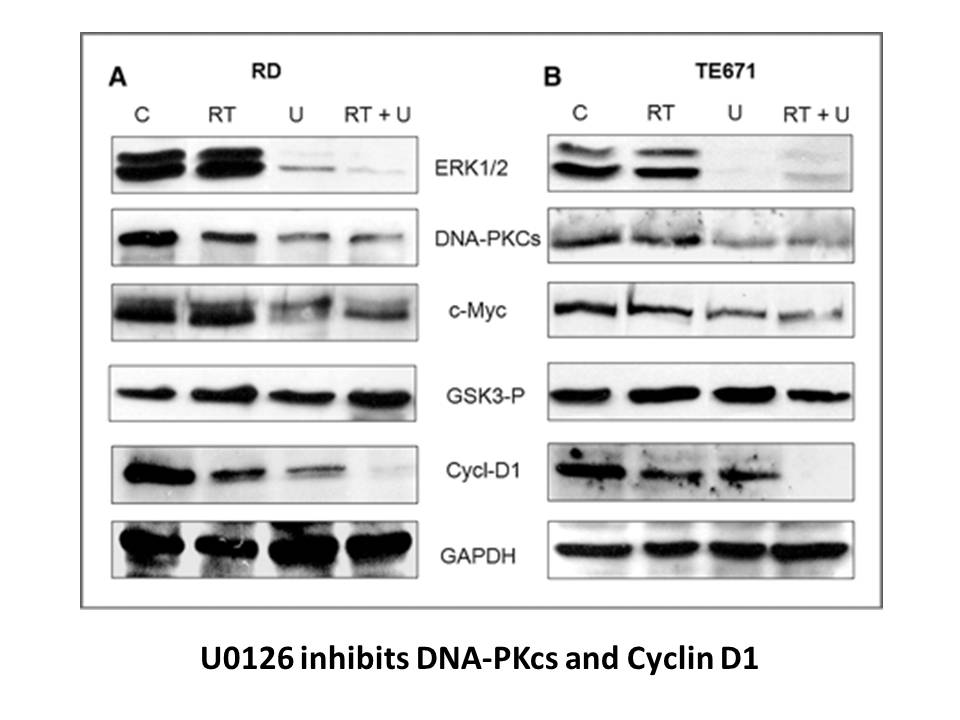
The ubiquitin-like modifier NEDD8 (NEURAL PRECURSOR CELL EXPRESSED, DEVELOPMENTALLY DOWN-REGULATED 8) uses similar enzymatic machineries for NEDD8 conjugation as ubiquitin (Figure 1) [11, 12, 13, 14]. In plants as well as in other eukaryotes, the number of E3 ligases for NEDD8 and the number of know
-
Increased levels of PCNA monoubiquitination by UbL
2020-03-06
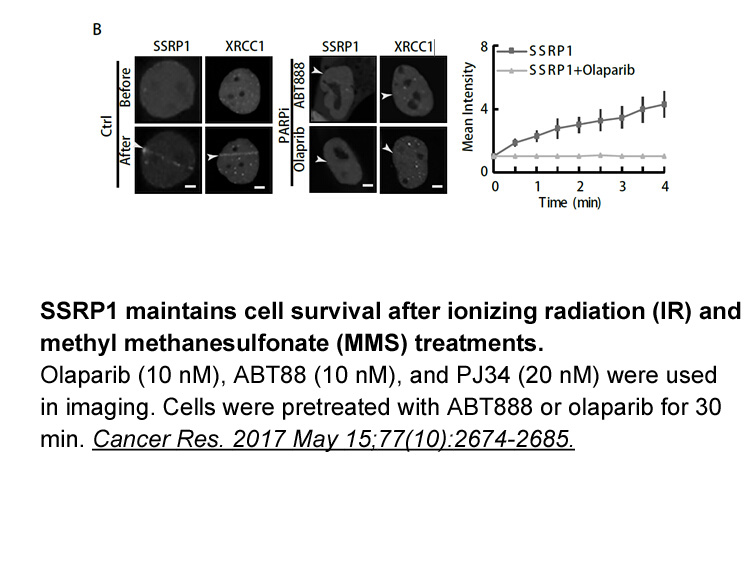
Increased levels of PCNA monoubiquitination by UbL73P expression in a damage-independent manner mimics the phenotype observed for USP1 knockdown (Huang et al., 2006, Jones et al., 2012). USP1 is the only DUB to date shown to remove ubiquitin from PCNA in vivo. This finding reveals the highly dynamic
-
br Compliance with ethical standards
2020-03-06
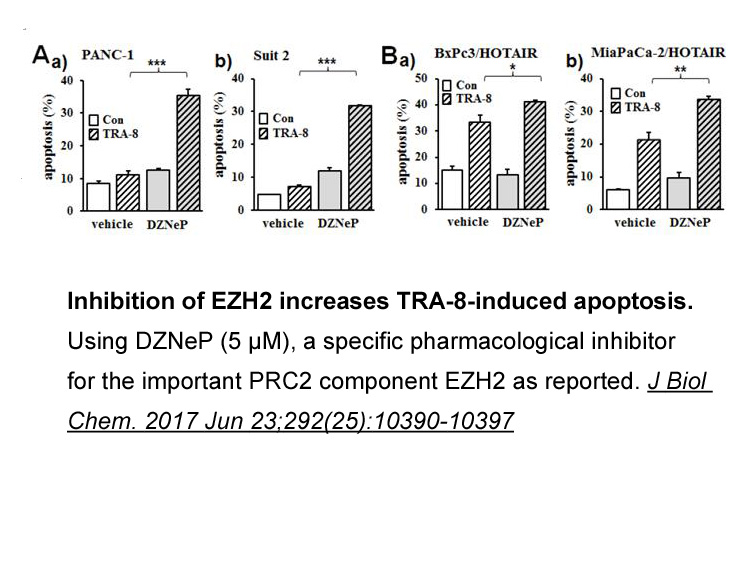
Compliance with ethical standards This work was conducted in compliance with ethical standards. Conflict of interest Funding The work was funded by extra mural research grant (EMR/2016/005135) from Science and Engineering Research Board, Government of India. Acknowledgements Introduc
-
eletriptan hydrobromide Since these first results KSTD activ
2020-03-06
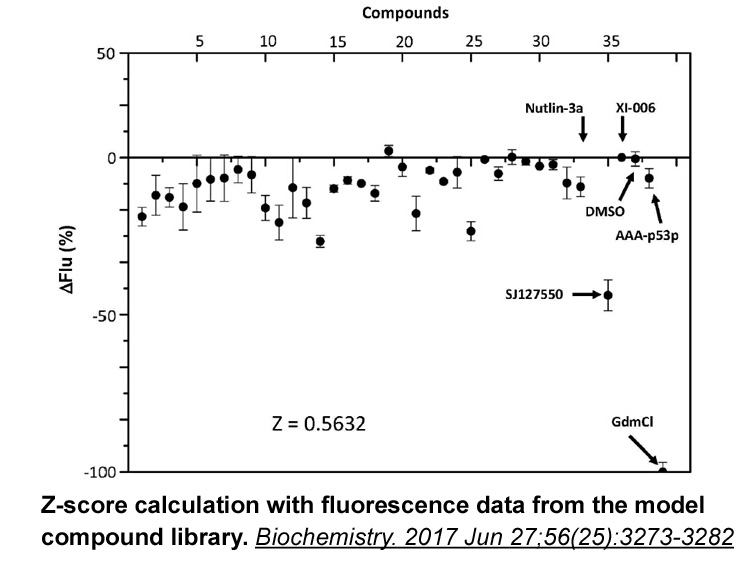
— Since these first results, Δ1-KSTD activity has been identified in many other microorganisms, albeit sometimes with different substrate preferences. For instance, Comamonas testosteroni ATCC 11996 (formerly Pseudomonas testosteroni) is active on several steroid substrates, but it cannot use 11β-h
-
One possible pitfall of using
2020-03-06
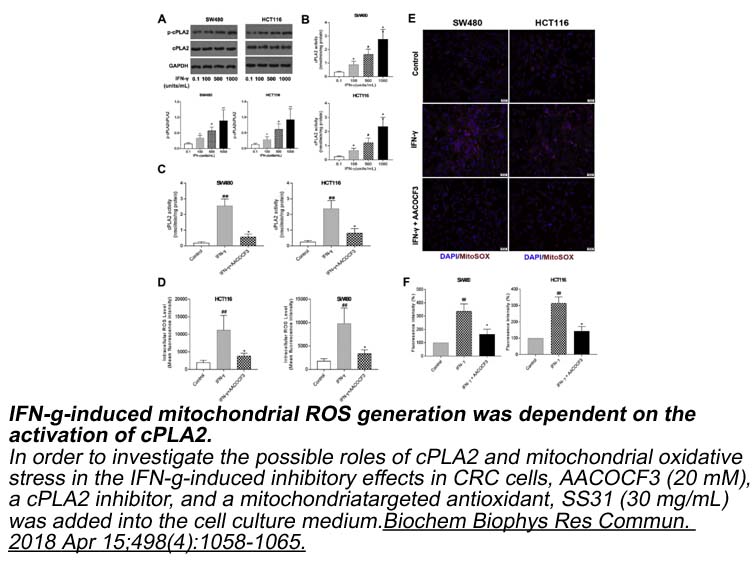
One possible pitfall of using EPAC2 activators in the treatment of T2DM is their potential to increase glucagon levels. As discussed previously, although the ability of EPAC2 to increase glucagon expression and production is controversial, several studies show that this protein increases Gcg mRNA le
-
br Activatable optical imaging probes Optical fluorescence i
2020-03-05
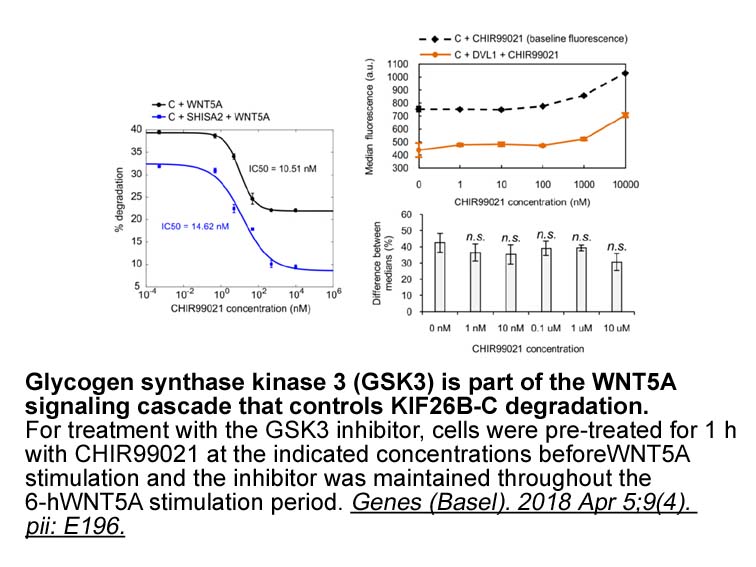
Activatable optical imaging probes Optical fluorescence imaging, which directly detects photons emitted from fluorescent probes, has become as a powerful analytical method to study biological processes both in vitro and in vivo. It is characterized by high sensitivity, is free of radioactive irra
-
Although many of the hepatic responses observed on
2020-03-05
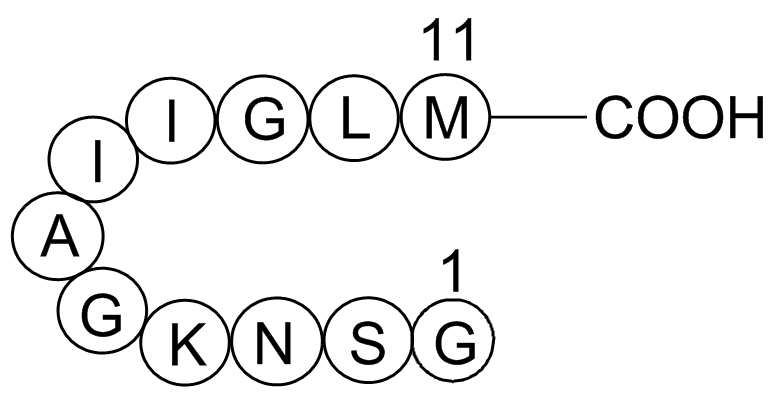
Although many of the hepatic responses observed on the first day of recovery attenuated over the course of the recovery period, minimal-to-mild centrilobular hepatocellular hypertrophy tended to persist. Mean absolute and relative liver weights had returned to control levels after 28 days of recover
-
br Roles of TLS polymerases outside DNA damage tolerance
2020-03-05
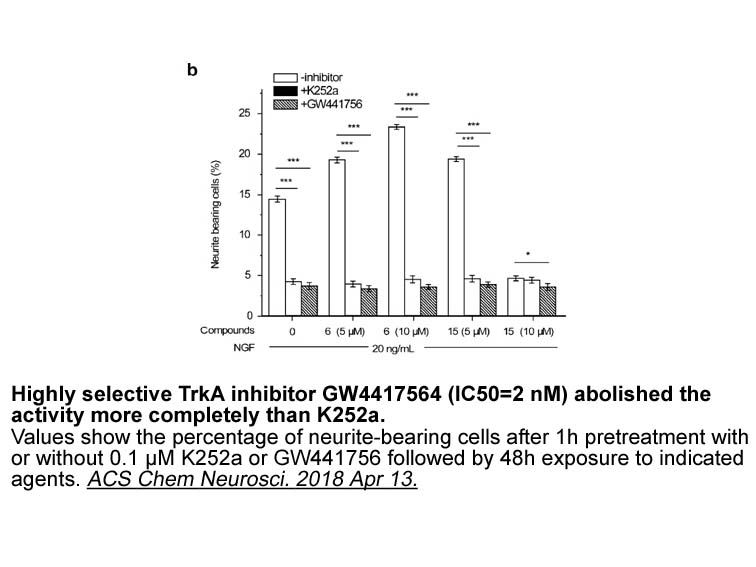
Roles of TLS polymerases outside DNA damage tolerance Preparing the ground for more DNA damage: adaptive responses through gene induction Conclusions and perspectives Although known for many decades, the relevance of TLS in genome stability is normally considered secondary to mechanisms tha
-
Despite the significant associations between TNF and TRAIL i
2020-03-05
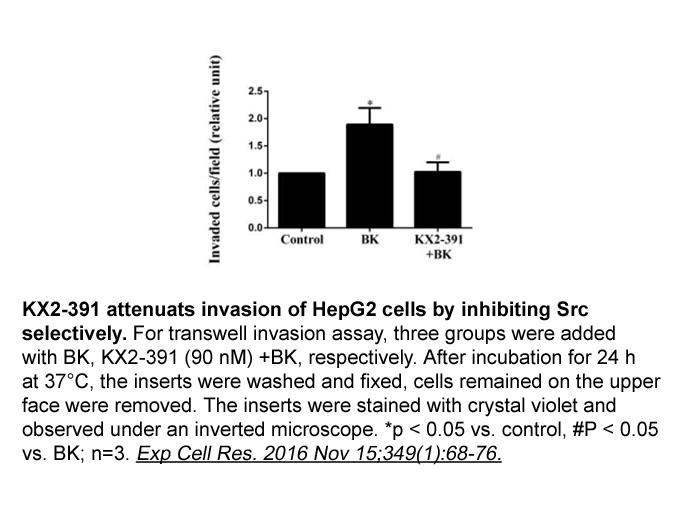
Despite the significant associations between TNF-α and TRAIL in our results, the use of a single top cytokine in predicting sPTB is limited, and the previous study using the specific candidate cytokines failed to accurately predict the risk for sPTB in asymptomatic women, with AUC ranged from 0.48 t
16182 records 905/1079 page Previous Next First page 上5页 901902903904905 下5页 Last page